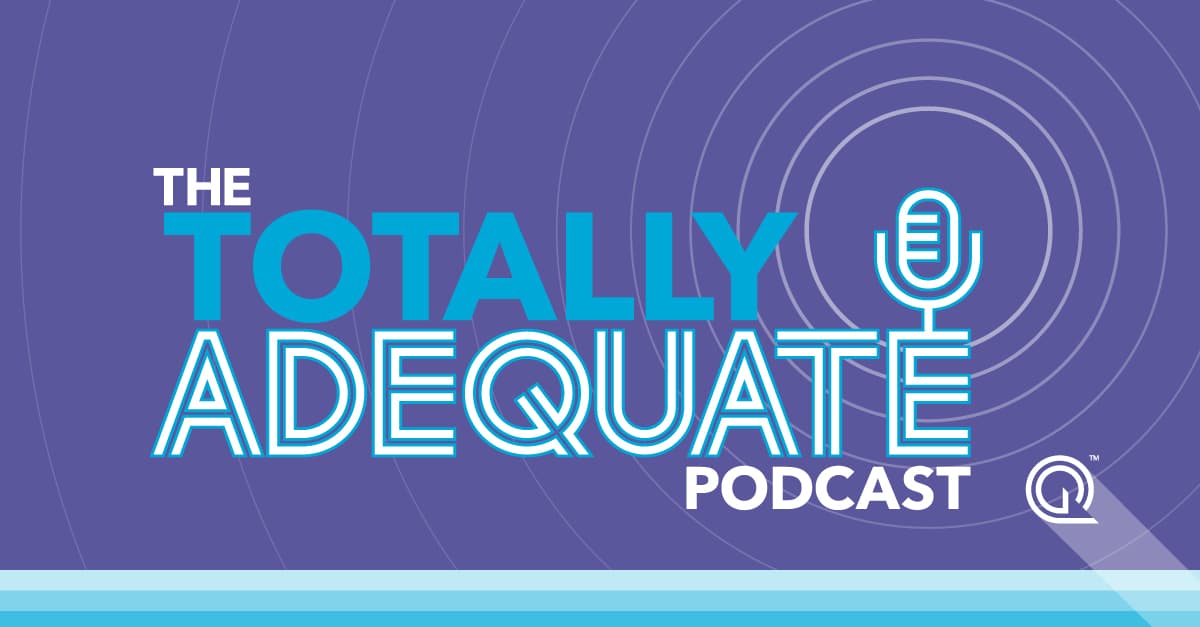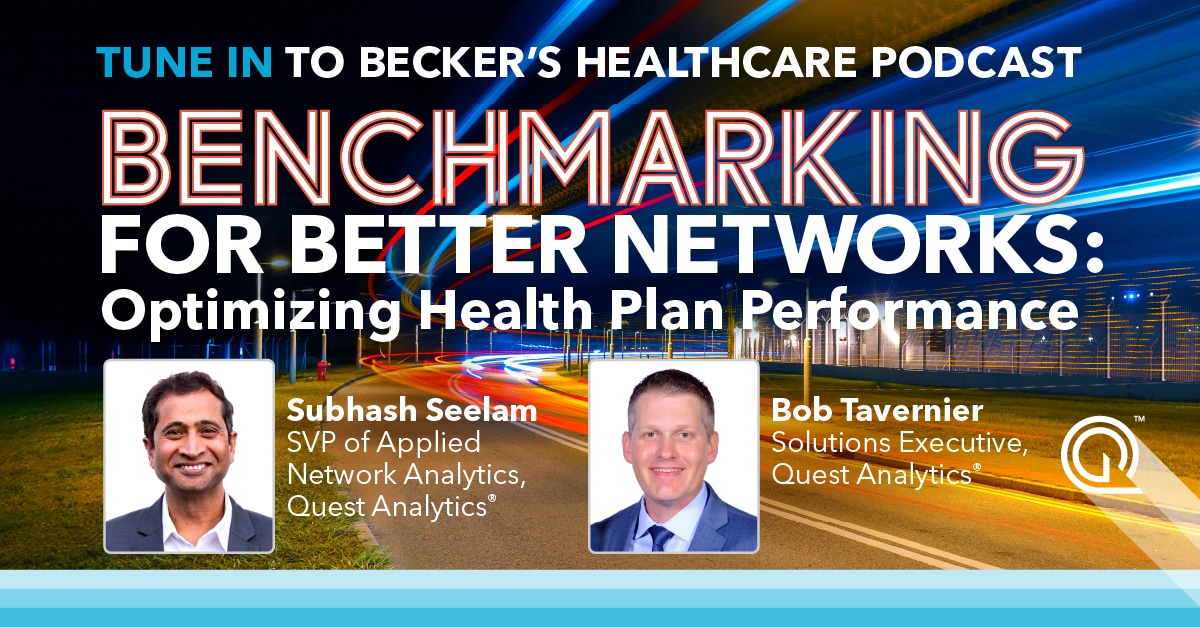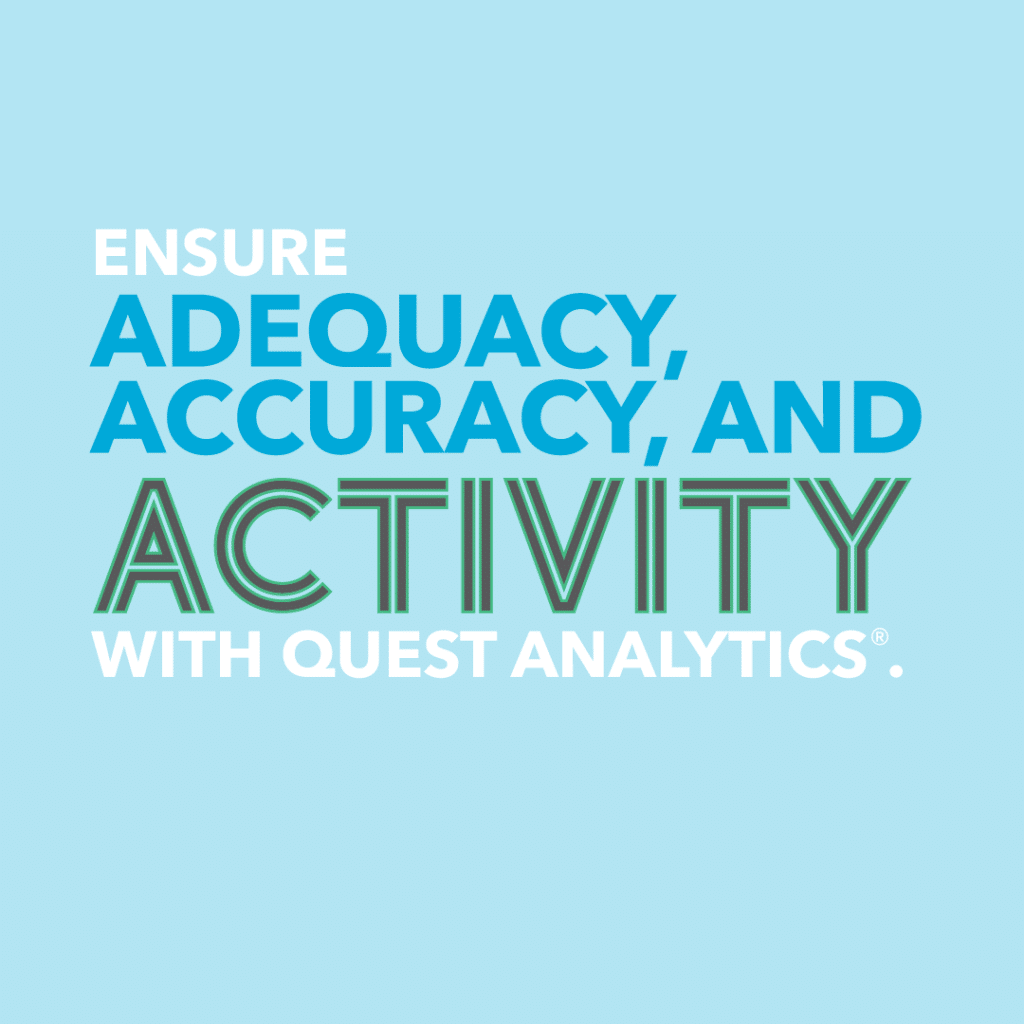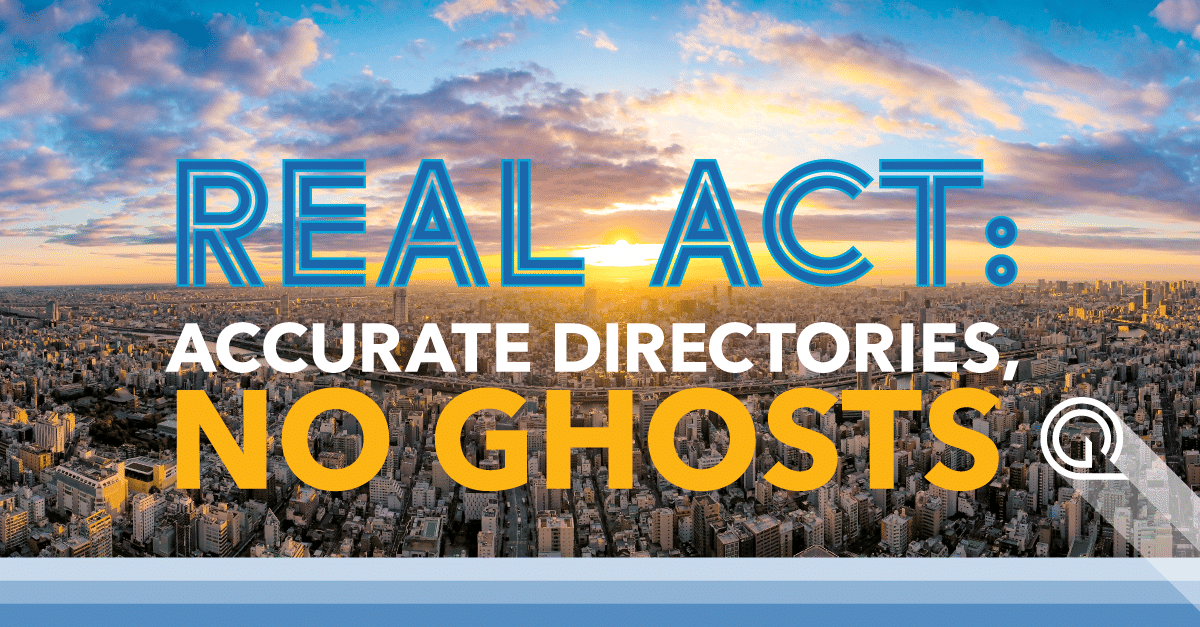Health plans and health systems face significant financial challenges due to the presence of ghost providers. Keeping these providers in your data undermines the efficacy of health systems, resulting in both direct and indirect financial implications. Understanding the hidden costs and addressing them is paramount for maintaining operational excellence and financial stability.
5 Ways Ghost Networks Harm Your Business
1. Inefficiency in Resource Allocation
Effective health plan management hinges on precise resource allocation. When network data includes inactive, retired, or out-of-network providers, it creates a false sense of network accessibility and practitioner capacity. This misrepresentation leads to misguided investments. For instance, organizations might allocate resources in regions mistakenly perceived as needing more providers, while genuinely underserved areas remain inadequately supported.
Additionally, the burden on active in-network providers can intensify, contributing to potential burnout. The inflated panel size, compounded by ghost providers, can push active practitioners to manage up to 20% more patients than is ideal. This situation stresses the workforce while highlighting concealed shortages. Such miscalculations compel organizations to launch costly, unplanned recruitment efforts.
Accurate provider data is essential for strategic investments, budget planning, and revenue projections. Inaccurate data leads to flawed forecasts, undermining financial performance and strategic direction. Consequently, decision-makers may struggle to meet financial targets and achieve planned growth.
2. Unnecessary Administrative Costs
Provider outreach and verification activities associated with inactive or non-contracted providers constitute a superfluous expenditure for health plans. These efforts are rendered redundant as there is no contractual obligation to engage with these entities. Nevertheless, a lack of visibility into such providers within the dataset perpetuates unnecessary administrative actions and associated expenses.
For example, let’s say the administrative cost related to provider verification for each provider is $1,000. An organization maintaining 30 ghost providers incurs $30,000 annually in avoidable expenses. These costs divert critical resources from strategic and patient-centric initiatives.
The broader financial impact includes indirect expenses such as staff time allocated to redundant tasks and the emergence of new network gaps requiring the recruitment of additional providers. These inefficiencies can lead to downstream challenges, including inaccurate reporting, compliance risks, and compromised patient satisfaction due to potential mismatches in the network.
3. Missed Market Opportunities
Expanding into new markets or broadening service offerings becomes remarkably challenging under the shadow of flawed network representation. Consider Medicaid Request for Proposal (RFP) awards, where each health insurer’s network is evaluated on several criteria, particularly network access and participation of providers accepting new patients.
Success in securing Medicaid RFP awards is often contingent upon an insurer’s ability to demonstrate the insurer’s ability to serve expansive patient populations reliably. Inaccurate provider data can impair an insurer’s ability to present a compelling case. An insurer’s market presence is closely linked to its capacity to clearly and accurately articulate a well-supported network of providers. Failures in network integrity can result in missed lucrative opportunities, limiting market penetration and expansion.
For health insurers and systems targeting regional market entry, recruiting providers who meet network adequacy requirements, fulfill member needs, and align with performance criteria is a substantial hurdle. The presence of ghost providers further complicates compliance and readiness, leading to extended timelines for network development and expansion. Collectively, these challenges inhibit growth, limit the ability to capitalize on emerging market opportunities, and undermine efforts to maintain a strong market position.
4. Increased Member Dissatisfaction and Churn
Patients anticipate seamless access to care, as promised by their insurers. When discrepancies arise between what is represented and what is delivered, the consequences can be profound. For instance, a patient might select a health plan because it lists a highly sought-after specialist as in-network, only to discover the specialist is inactive or no longer accepting new patients. This inconsistency can significantly erode trust, precipitating a chain reaction of member dissatisfaction and financial instability for health insurance providers.
Consider a scenario where a family needing pediatric care selects an insurer based on its extensive network of pediatric specialists. Upon seeking care, they find multiple listed providers who are either retired or have moved out of the network. This unmet expectation not only results in immediate frustration but cultivates a lasting distrust in the insurer. Over time, as member trust diminishes, brand loyalty weakens, leading to decreased member satisfaction and increased churn rates.
The financial implications are substantial. For health insurers, the cost of acquiring new members is markedly higher than retaining existing ones. As member dissatisfaction leads to elevated churn rates, the resulting increase in member acquisition costs can strain financial resources. Furthermore, the loss of market share from dissatisfied members defecting to competitors highlights the critical need for reliable network management.
5. Regulatory and Legal Penalties
Recent regulatory developments underscore an intensification of government oversight in provider networks, with agencies and policymakers prioritizing the accuracy of provider data and the enhancement of network access. Over the past year, mandates have increasingly required Medicare Advantage Organization plans, Managed Care Organizations, Federal and State-Based Exchange marketplace plans, and employer-sponsored health plans to employ processes and tools to ensure provider directory accuracy and network adequacy. These regulatory initiatives address longstanding issues with provider directories frequently containing outdated or incorrect information.
Failure to comply with these regulations results in sanctions, substantial fines, and other legal liabilities. These entanglements prevent organizations from marketing products in affected regions and divert resources towards lengthy legal disputes—an impact that can significantly affect company operations.
Additionally, health systems and insurers need to undertake comprehensive corrective actions to align with regulatory requirements when found non-compliant. Such efforts, including detailed audits and extensive compliance training programs, often detract from advancing strategic initiatives.
Beyond direct financial penalties, legal battles can inflict reputational harm. Stakeholders may interpret compliance issues as indicative of underlying operational inefficiencies. This perception could lead to a reduction in shareholder value and hinder market competitiveness.
The Broader Implications for Healthcare Delivery
The hidden costs associated with ghost providers sharply impact administrative efficiency, competitive positioning, trust and loyalty, regulatory compliance, and overall market competitiveness. Addressing these challenges requires a comprehensive approach that integrates regular data audits, cross-departmental communication, and engagement with providers to ensure consistent and up-to-date network information. A strategic, evidence-based approach prioritizing provider data accuracy, provider activity, and network management practices is essential to mitigating these challenges and capitalizing on emerging opportunities in the dynamic healthcare market.
GHOST NETWORK PREVENTION
Identify ghost providers and optimize the value of your network, by ensuring it’s adequate, accurate, and active with Quest Analytics.
Related Articles on Ghost Networks and Health Policy News
Proven Solutions for Your Provider Network Management
Looking to simplify your workload? Let Quest Analytics take on the heavy lifting! Our solutions and dedicated team specialize in provider data accuracy and provider network adequacy for various lines of businesses, including Medicare Advantage, Medicaid and Commercial. Schedule a strategy session today and see how we can help you every step of the way.












